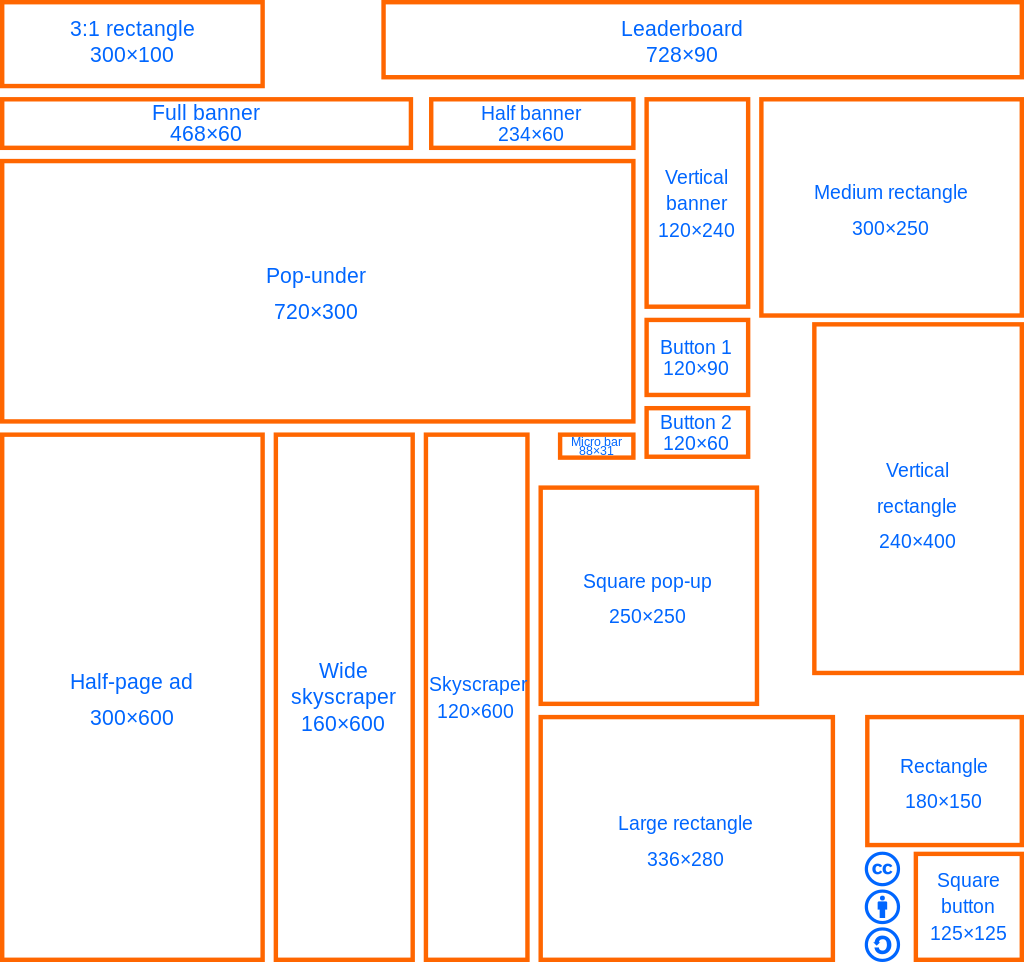Date First Published: 26th August 2022
Topic: Web Design & Development
Subtopic: Web Advertising
Difficulty: EasyDifficulty Level: 3/10
Learn more about what a banner ad is in this article.
A banner ad is an embedded ad on a website delivered from an ad server, known as a banner. When clicked on, the user will leave the current website and be redirected to the advertiser's website. Banner ads are often pay-per-click, (PPC), meaning that each time someone clicks on a banner ad, the advertiser will have to pay a small amount of money to the publisher. Banner ads are designed to catch the reader's attention by showing them information about what is being advertised through images and a small amount of text. They may also contain animations that can distract users.
Banner ads can be placed anywhere on a website, but are often placed on the sides, at the top, and at the bottom. Although banner ads are less intrusive than other types of ads, such as interstitial ads and popup ads as they do not require users to click the 'x' button to continue browsing the page and are the simplest to set up, they deliver lower conversion rates for advertisers and have lower chances of revenue for publishers. However, they are still versatile and deliver high engagement for both advertisers and publishers.
Banner ads are often personalised. This means that they may target users based on the website type, their geographical location, what they browsed before, and more to show ads relevant to their interests, which can greatly increase the chances of clicks. However, it can also lead to impulse purchases that users cannot afford, which is especially true if users can be easily convinced.

Banner ads come in different types, which include:
Websites display banner ads to generate advertising revenue. Advertising is how most websites are funded and can provide content for free. Website owners often sign up for an advertising network, such as Google AdSense that helps them connect with advertisers by adding a script to their pages that will automatically display ads. The website owner gets paid based on how many clicks and impressions the ads receive.
Without banner ads, it would be much more difficult for websites to make money if their content was free. They would have to rely on other methods, such as donations, where it is common for only a small percentage of visitors to donate. For example, Wikipedia does not have any ads and is mostly funded by donations by its readers. Even though ads can be annoying, most people would agree that seeing a few ads on a website is much better than having to pay a usage fee or needing a paid subscription to access the website content.
The first banner ad was published on hotwired.com on 27th October 1994. AT&T paid hotwired.com 30,000 USD to place the banner ad on their website for three months. The ad had a click-through rate of 44%. Users that clicked the banner were redirected to a very early landing page for AT&T.
If so, it is important that you tell me as soon as possible on this page.
Network Services Network Setups Network Standards Network Hardware Network Identifiers Network Software Internet Protocols Internet Organisations Data Transmission Technologies Web Development Web Design Web Advertising Web Applications Web Organisations Web Technologies Web Services SEO Threats To Systems, Data & Information Security Mechanisms & Technologies Computer Hardware Computer Software Ethics & Sustainability Legislation & User Data Protection